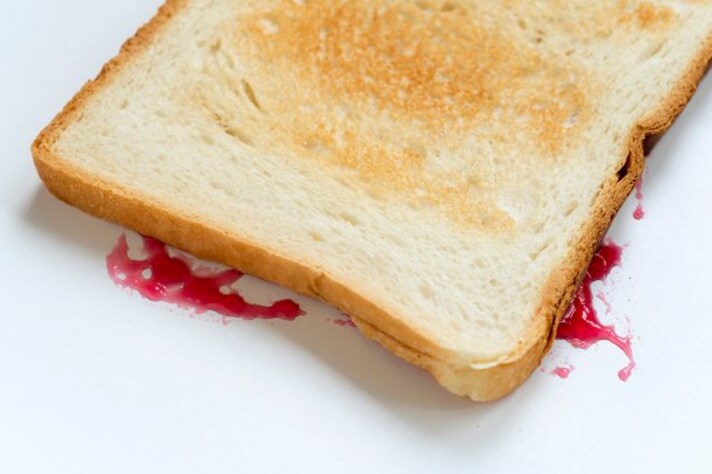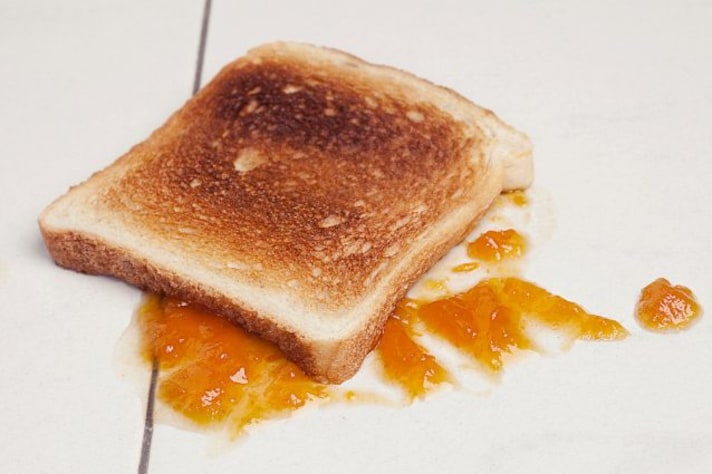
Toast often lands butter side down due to a combination of physics, weight distribution, and a bit of psychological bias. The initial tipping motion causes a half-rotation as it falls, while the buttered side's added weight can influence the trajectory. Add in our tendency to remember the messy moments, and it’s no wonder this phenomenon seems so common.
The Physics Behind the Fall
It turns out, gravity has a sense of humour. When you accidentally knock your toast off the table, it doesn’t just drop straight down—it starts to tip as it falls. This little tilt sets off a rotation, and with the average height of tables being around 75 to 90 cm (30 to 36 inches), the toast has just enough time to complete half a spin before it smacks into the ground.
That half-rotation is the key culprit here. If the buttered side starts up, it ends up down when the toast finishes its little mid-air somersault. It’s a classic case of physics—specifically, rotational dynamics and gravity—teaming up to ruin your breakfast. So next time you see your toast take a tumble, you can thank physics for ensuring it lands the sticky way.

The Role of Butter and Weight Distribution
But wait, there’s more! It’s not just the rotation that’s working against you. The butter on your toast also plays a sneaky role. Spreading butter (or any topping) on one side makes that side a bit heavier. This uneven weight can influence how the toast behaves as it falls, tilting it just enough to help that buttery side take the lead.
Think of it like a seesaw: the heavier side naturally tips downward. Even though the weight difference between the buttered and unbuttered sides might seem tiny, it can nudge the toast’s rotation just enough to ensure that the butter faces the floor when it finally lands. It’s like your toast wants to be sure you get maximum mess with minimum effort!
Murphy’s Law
Of course, there’s a bit of psychology involved too—because we humans have a tendency to remember the bad stuff. This is where Murphy’s Law comes in, the old adage that “anything that can go wrong, will go wrong.” When our toast lands butter side down, it’s a mess, it’s a hassle, and it makes us late for work. Those are the moments that stick in our minds.

But what about the times when the toast miraculously lands butter side up? Those are easy to forget because they don’t disrupt our day. It’s the same reason we remember traffic jams but forget all the times we cruised smoothly to our destination. So while physics might make a butter-side-down landing more likely, our brains make it feel like it happens every single time.
;Resize,width=767;)
